Explain Why Is Adolescent Brain Different
THE ADOLESCENT BRAIN -- WHY TEENAGERS THINK AND ACT DIFFERENTLY--. One way to think about it is that brain has two sides an impulsive side and a cautious side that balance one another.
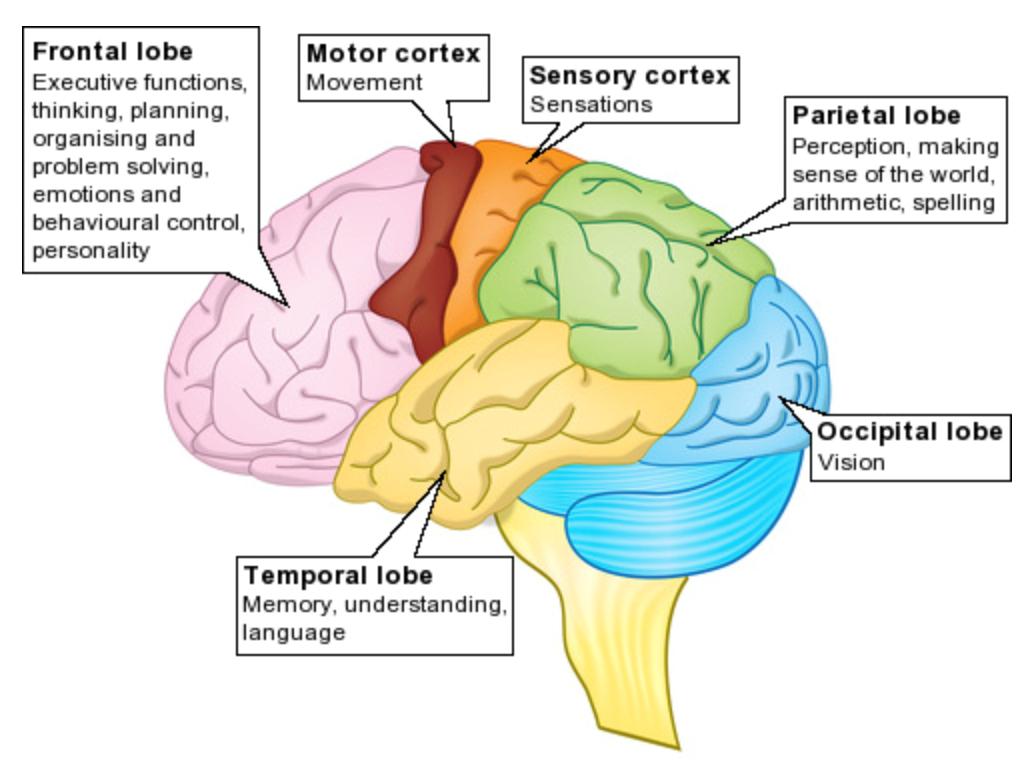
What Is Going On In A Teenager S Brain Educating Matters
The different centres of the brain develop and become functionally connected over time.

. During the teenage years the brain is in constant change. During the teenage years your brain is actually stronger for learning and memory and being imprinted upon than it will be later in life. The adolescents are hypersensitive to the value of novel experiences.
The brain develops very rapidly in the first 3 to 5 years of life and all the structure and building blocks are present by the age of 9. Second the mesocorticolimbic dopamine pathway is the brain circuit that is essential for changes to how the brain perceives social interactions and reward during adolescence. For years parents have wondered just what.
Studies have shown that brains continue to mature and develop throughout childhood and adolescence and well into early adulthood. One form of impulsivity sensation seeking rises dramatically during adolescence and increases risks to healthy development. The result is a teenager.
Because the brain is built on experience and it takes the first two and a half decades of life to sort of scaffold the brain. It is a time of significant growth and development. Teen brains arent broken or poorly functioning.
Scientists have identified a specific region of the brain called the amygdala that is responsible for immediate reactions including fear and aggressive behavior. Teens are more at risk because the teen brain which relies heavily on the reward center in the limbic system is more sensitive to the effects of dopamine. This may explain why teens in mid.
The analogy is that these two are kind of going head-to-head. Interestingly two of the primary brain functions develop at different rates. This section describes the adolescent brain details specific learning strategies in Things to Know 1-5 and Brain Compatible Strategies for Increasing Learning and offers practical tips for teaching teenagers in.
First sex differences during adolescence may be a precursor to sex differences in responses to reward during adulthood. The adolescent brain is still developing and therefore requires different brain compatible strategies for learning. The last part to mature is the pre frontal lobe.
This region develops early. We used to think that teens respond differently to the world because of hormones or attitude or because they simply need independence. Before we reach adulthood the impulsive side of the brain is charging ahead while the cautious side of the brain is still playing catchup.
A number of cognitive and neurobiological hypotheses have been postulated to explain why adolescents engage in suboptimal choice behavior. There is a biological explanation for this difference. Interestingly two of the primary brain functions develop at different rates.
However with the use of magnetic resonance imaging or MRI scientists have been able to look inside the brain and it seems that changing voices body hair and awkwardness around the opposite sex are not the only big changes occurring in the teenage years. The part of the brain that controls impulses and engages in longer-term perspective the frontal lobes matures later. During the adolescent years however this brain region is still developing Blakemore Mills 2014 so adolescents may not be as effective at controlling distress during peer social exclusion.
When people work as a group one way they strengthen their identity and their solidarity is by pushing people away. Grades 68Explain how the prefrontal cortex helps to reduce risk-taking. Brain research indicates that the part of the brain that perceives rewards from risk the limbic system kicks into high gear in early adolescence.
The adolescent brain is strongly wired to connect with peers which is why the threat of exclusion hurts so much. Indeed the temporal discrepancy in the specialization of and connections between cortical and subcortical brain regions makes adolescence unique. Teenagers can look like adults dress like adults and even act like adults at times.
Although the teenage brain is different from the adult brain describing the teenage brain as malfunctioning is incorrect. The part of the brain that controls impulses and engages in longer-term perspective the frontal lobes. Sometimes exclusion will happen but it will have nothing to do with who you are.
In adolescence a fundamental reorganization of the brain takes place that continues into the beginning of the third decade of life. During adolescent brain development it is believed that the brain regions located further back particularly the limbic region which is associated with processing emotions and memories matures earlier than the pre-frontal cortex region Gogtay et al 2004. Adolescent brain development is characterized by an imbalance between the limbic and reward systems which mature earlier and the not yet fully mature prefrontal control system.
It now appears some of that baffling behavior of your teenage child or student may be the result of neurobiology not raging hormones. For many years it was thought that brain development was set at a fairly early age. Adolescent brains are neither simply advanced child brains nor are they immature adult brainsthey are specially tailored to meet the needs of this stage of life Giedd 2015.
But when adolescents brains are. By the time teen years were reached the brain was thought to be largely. The Difference Between Teenage Brains And Adult Brains In A Nutshell.
In sum the adolescent years are a time of intense brain changes. The adolescent brain pours out adrenal stress hormones sex hormones and growth hormone which in turn influence brain development. This happens during adolescence.
Functional brain scans also suggest that teenagers and adults process reward stimuli differently. The brain appears to undergo a growth spurt of its own and this changing brain may in part explain why teenagers. The Adolescent Brain The adolescent brain mostly ranges from the age of eleven to twenty-four.
In a recent review of the literature on human adolescent brain development Yurgelun-Todd 2007 suggests that cognitive development during adolescence is associated with progressively greater efficiency of cognitive control and. Brain research indicates that the part of the brain that perceives rewards from risk the limbic system kicks into high gear in early adolescence. This processalso known as pubertyis where a child develops into an adult7 At this stage the adolescent brain and thus the teenager.
Hormonal changes are at work too. Rather teen brains are especially adaptive to new learning and exploration. Grades 910 The legal drinking age is 21.
However a review of the evidence for the hypothesis that limitations in brain development during adolescence restrict the ability to control impulsivity suggests that any such limitations are subtle at best.

Positive And Negative Spirals And The Plasticity Of The Adolescent Brain Evidence For Action

Brainstorm The Power And Purpose Of The Teenage Brain Part 1 Samaritan Center
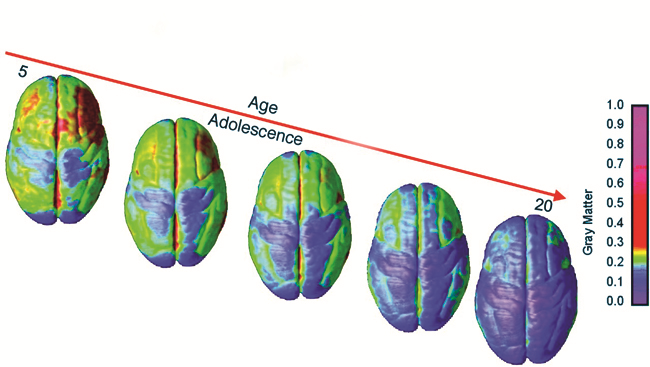
Hormones And The Adolescent Brain
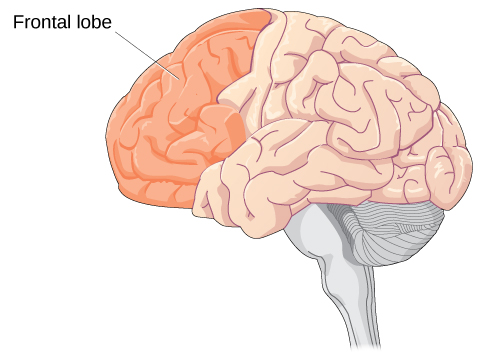
Brain Development During Adolescence Lifespan Development

Adolescent Brain Development And Growth Mindset Our Teen Brains

Brain Development In Tweens Brain Development Adolescence 12 19 Years Ul Li Brain Teenage Brain Development Physical Development In Adolescence Teenage Brain
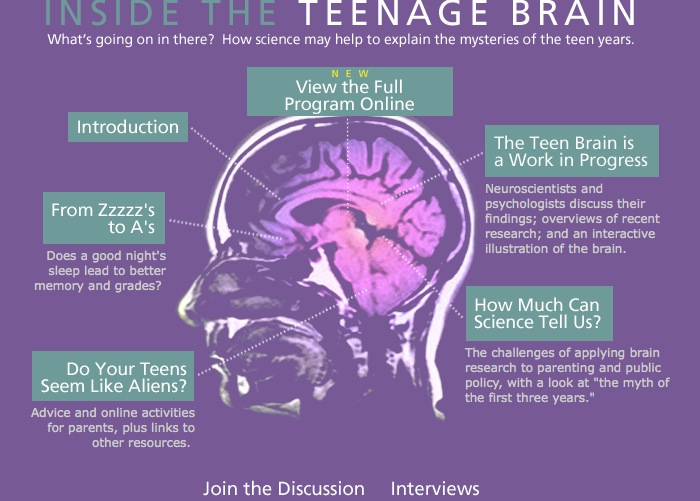
Inside The Teenage Brain A Six Part Television Series Students At The Center
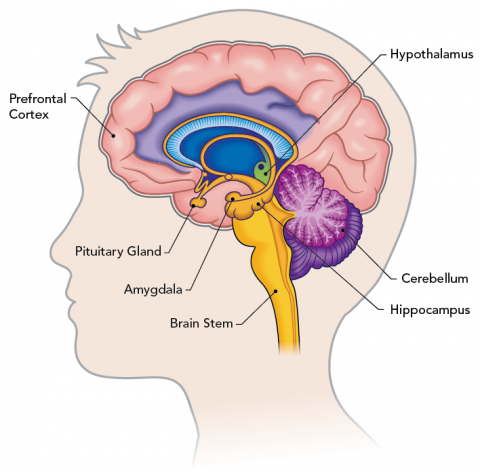
Understanding The Teen Brain Let S Talk Science
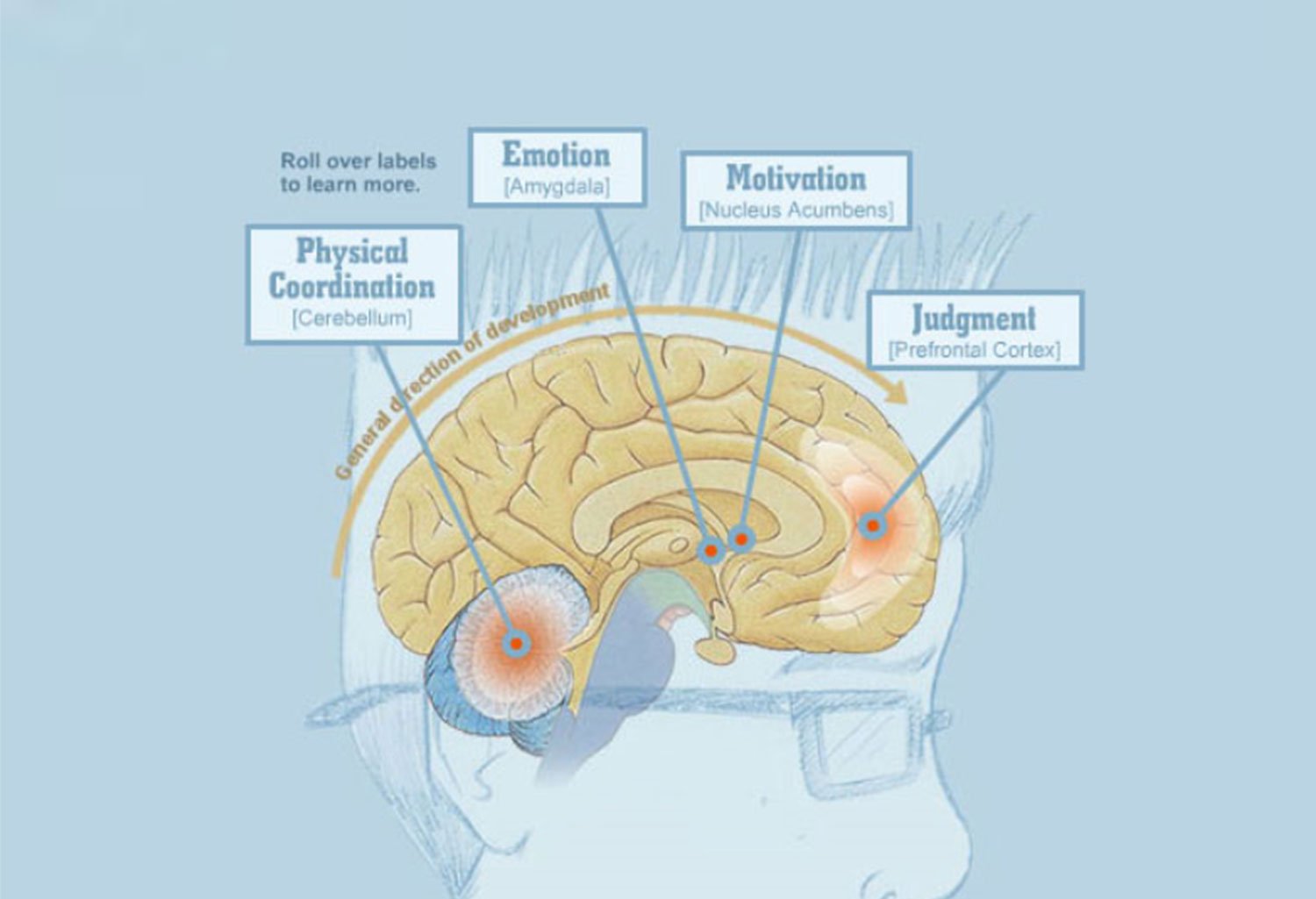
Adolescent Brain Development And Behavior Partnership To End Addiction Partnership To End Addiction

Why The Teenage Brain Has An Evolutionary Advantage Youtube

The Limbic System The Accelerator In A Teenage Brain Stephanie Fattorini
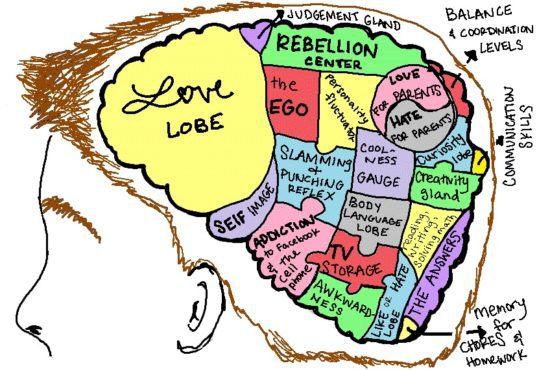
Podcast Understanding Your Teenagers Discursive Of Tunbridge Wells

Brain Changes During Adolescence Adolescent Psychology
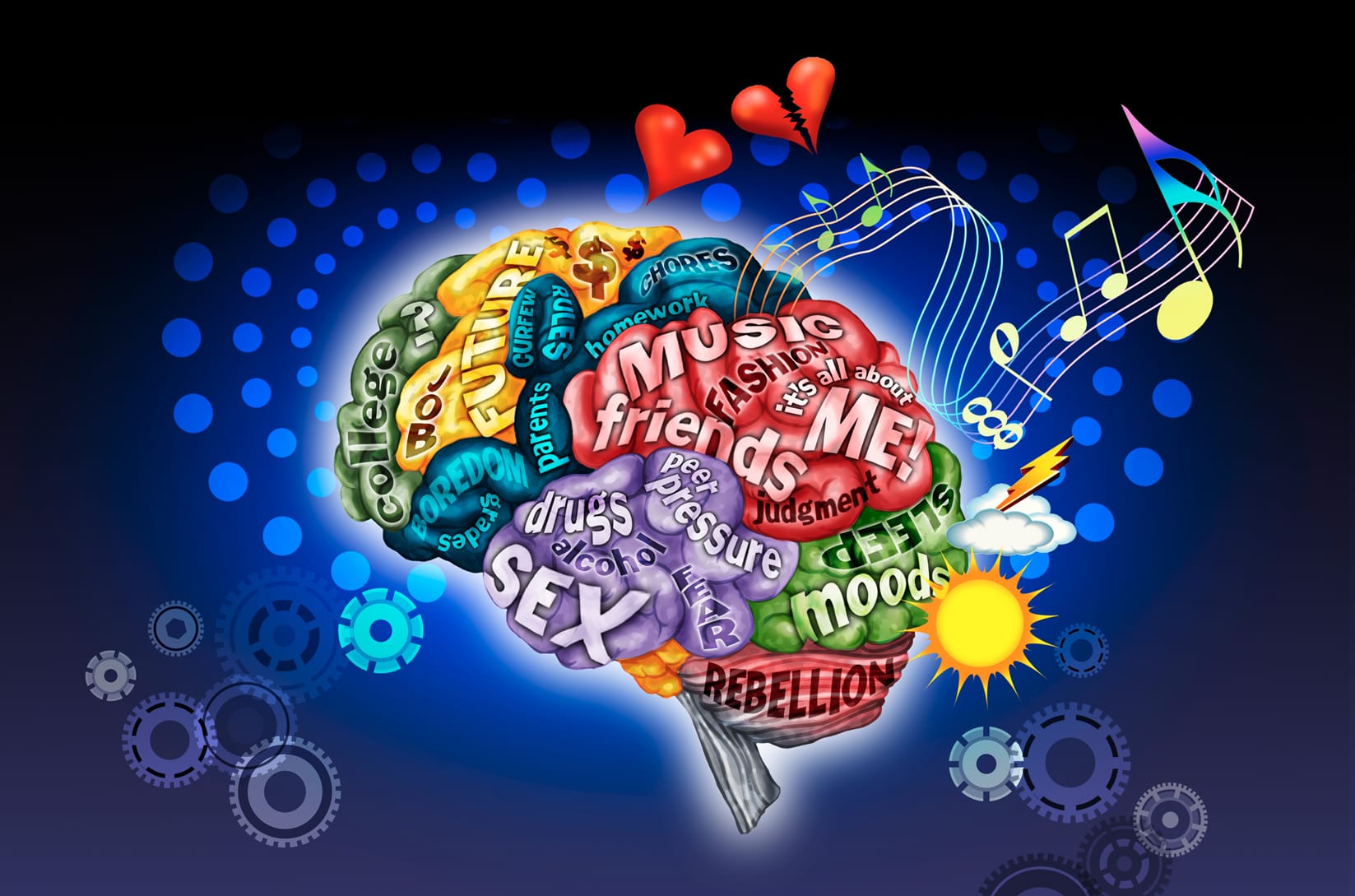
Deciphering The Teen Brain And Behavior The Columbian

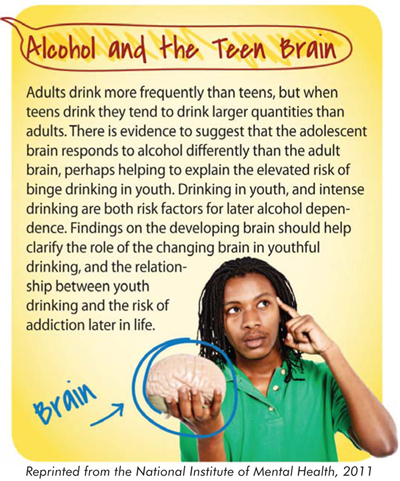

Comments
Post a Comment